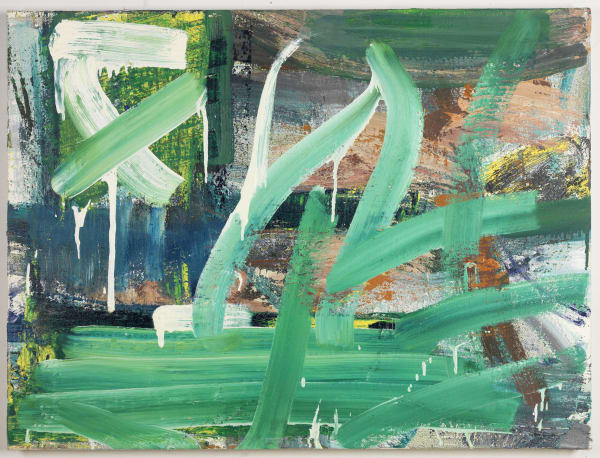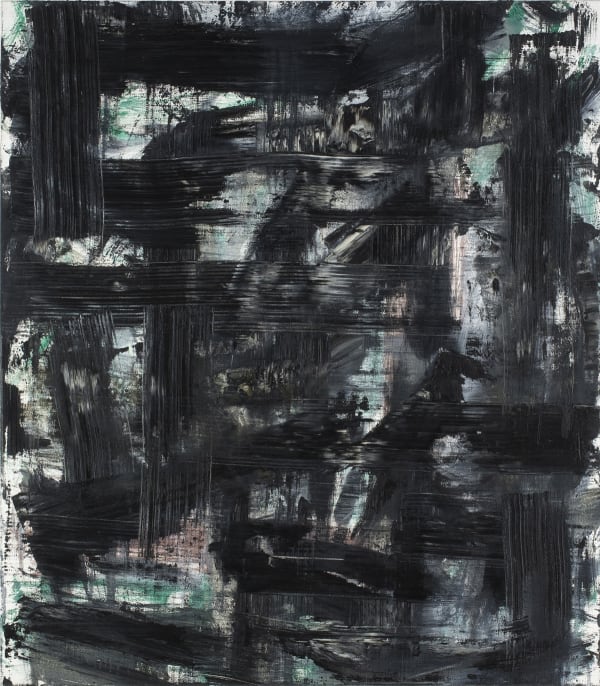Louise Fishman
Archive exhibition
-
OverviewCheim & Read is pleased to announce an exhibition of new paintings by Louise Fishman. This is Fishman's fifth solo show with the gallery; her previous exhibition was in 2006.
Now seventy years old, Fishman is from a generation of artists that includes Brice Marden (age 70), Mary Heilmann (age 68), Robert Mangold (age 71), Lynda Benglis (age 67), Bill Jensen (age 63), Pat Steir (age 68) and Robert Ryman (age 78). Fishman shares similarities with this group of mostly abstract artists, but, as is true with each of them, she retains a unique approach to her medium. Known for energetic surfaces of layered color and texture, Fishman's paintings radiate emotional intensity while offering unpretentious subtlety and nuance.
In her newest work, dating from 2006–2009, Fishman continues her exploration of mark making and process in densely worked, abstract canvases. Large in scale, her paintings are unavoidably physical, the brushstrokes echoing movements of an entire body. Using scrapers and trowels along with more traditional paintbrushes, Fishman constructs her compositions in loosely-gridded frameworks of color and texture. Paintings like Slippery Slope, 2006 and Gorgeous Green, 2008 are spatial investigations weighted by thick, calligraphic marks on richly textured surfaces. Fugitive and Concealing and Revealing, both 2008, hum with energy, as if channeling the rhythm of the urban environment in which they were made. The most recent work in the show, Fire and Ice, 2009, is a shroud-like veil of blacks and grays with a blood red square anchoring the bottom.
An active member of the feminist movement, Fishman explored different materials and processes in the late nineteen-sixties and early seventies, in an attempt to define a more feminine art. Her focus on process remains a primary concern in her work today. Further, Fishman's 1973 "Angry Women" series was instrumental in her turn towards abstraction. The highly charged paintings that comprise the series each represent (by name) an important woman in the feminist movement or its history. They are emotional, messy and expressionistic, as they aspire to reclaim territory long governed by male artists. Fishman's subsequent embrace of gestural abstraction was an affront to traditional art history, specifically to American male painters' domination of Abstract Expressionism. In addition, her disregard for postmodern discourse ("painting is dead") repositioned and reinvigorated abstract painting, helping to free it from old associations with the prevailing canon.
Fishman's success at articulating her artistic concerns through the large surfaces of her canvases is evident in her viewers' reactions to her work. Her paintings, unformulaic in approach, are generous—rewarding the viewer by allowing for open associations and emotive response. Though not immediately evident, Fishman's abstractions are rooted in her cultural, political and emotional experiences. Continuing her support for the feminist cause, Fishman has also been a long time advocate for gay and lesbian rights. Her paintings communicate her reverence for the vicissitudes and diversities of life and exemplify her devotion to freedom. -
Selected Works
-
Publications
-
News
-
Artists
























